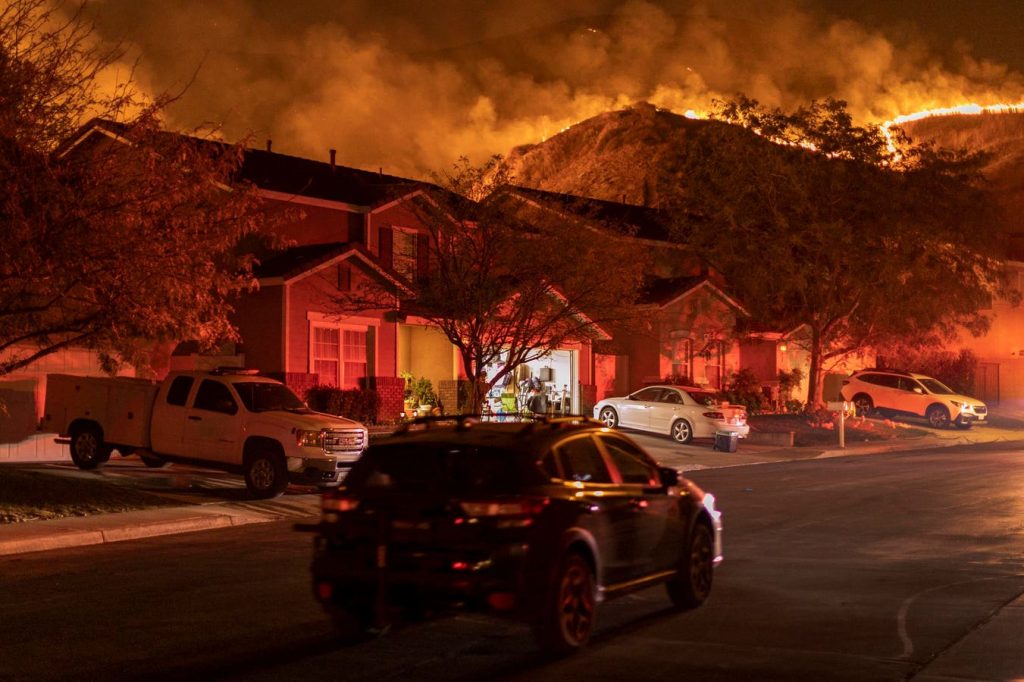In a recent analysis, the rising costs of underwriting house insurance in catastrophe states such as California and Florida are being attributed to the increasing risks associated with climate change. Insurers are struggling to accurately price in these risks, particularly due to the heightened threat of wildfires, flooding, and storm damage. The number of structures destroyed and costs related to wildfire events in California have been rising significantly, even though the total area burned has increased at a slower rate. As a result, insurers are stepping back from these markets, with non-renewals of insurance policies reaching over 20% in California and the state of Florida becoming the largest insurer.
The inability of insurers’ catastrophe models to keep pace with rapidly escalating climate-related risks has led to a surge in new data providers using AI to bridge the gap between outdated models and the new reality. Companies like NVIDIA, Google, and IBM have all launched products in this space. However, insurers have acknowledged their inability to capture the changing shape of tail risks and have opted to withdraw from certain markets. The impact of this trend on the US economy is significant, as those who are able to secure insurance may find it too expensive, while homeowners who receive non-renewal notices automatically lose a percentage of their home’s value.
A report by First Street revealed that over 39 million homes in the US would have a $236 billion climate black hole in their property market values if adjusted to reflect the true cost of insurance. This underscores the urgent need for the financial services industry to engage with the climate crisis. The unfolding crisis in the US insurance market serves as a warning for other sectors that fail to prepare for the impacts of climate change. With insurers facing increasing challenges in accurately pricing in climate risks, other industries may soon face similar struggles.
The struggle to address climate-related risks in the insurance market highlights the intersection of climate science and investment. Companies like Man’s RI team and Columbia University have been working on decarbonization efforts to address these issues. However, the gap between outdated models and current climate risks remains a significant challenge. The escalating costs of underwriting house insurance in catastrophe states serve as a tangible example of the impact of climate change on risk and economic growth. It is essential for industries to adapt and prepare for the challenges posed by climate change to avoid similar crises in the future.
As the US insurance industry grapples with the impact of climate change on catastrophe risk, it serves as a stark warning for the broader financial services industry. While many sectors still have a choice in engaging with the climate crisis, insurers are facing a situation where the choice is no longer theirs. The unraveling of the US insurance industry due to climate-related risks should serve as a wake-up call for businesses across various sectors. Ultimately, preparation and adaptation to the changing climate landscape will be crucial for ensuring resilience in the face of escalating risks.


